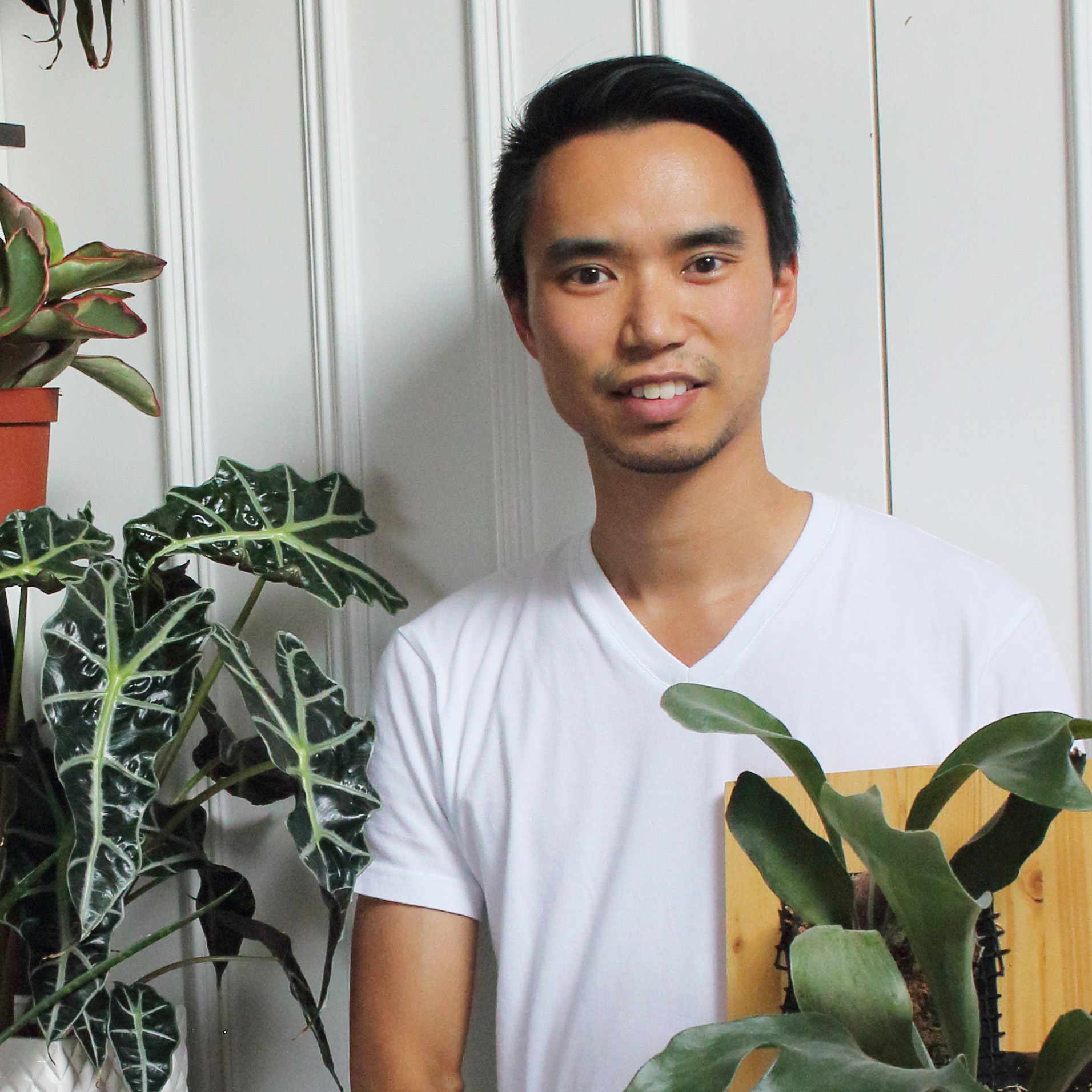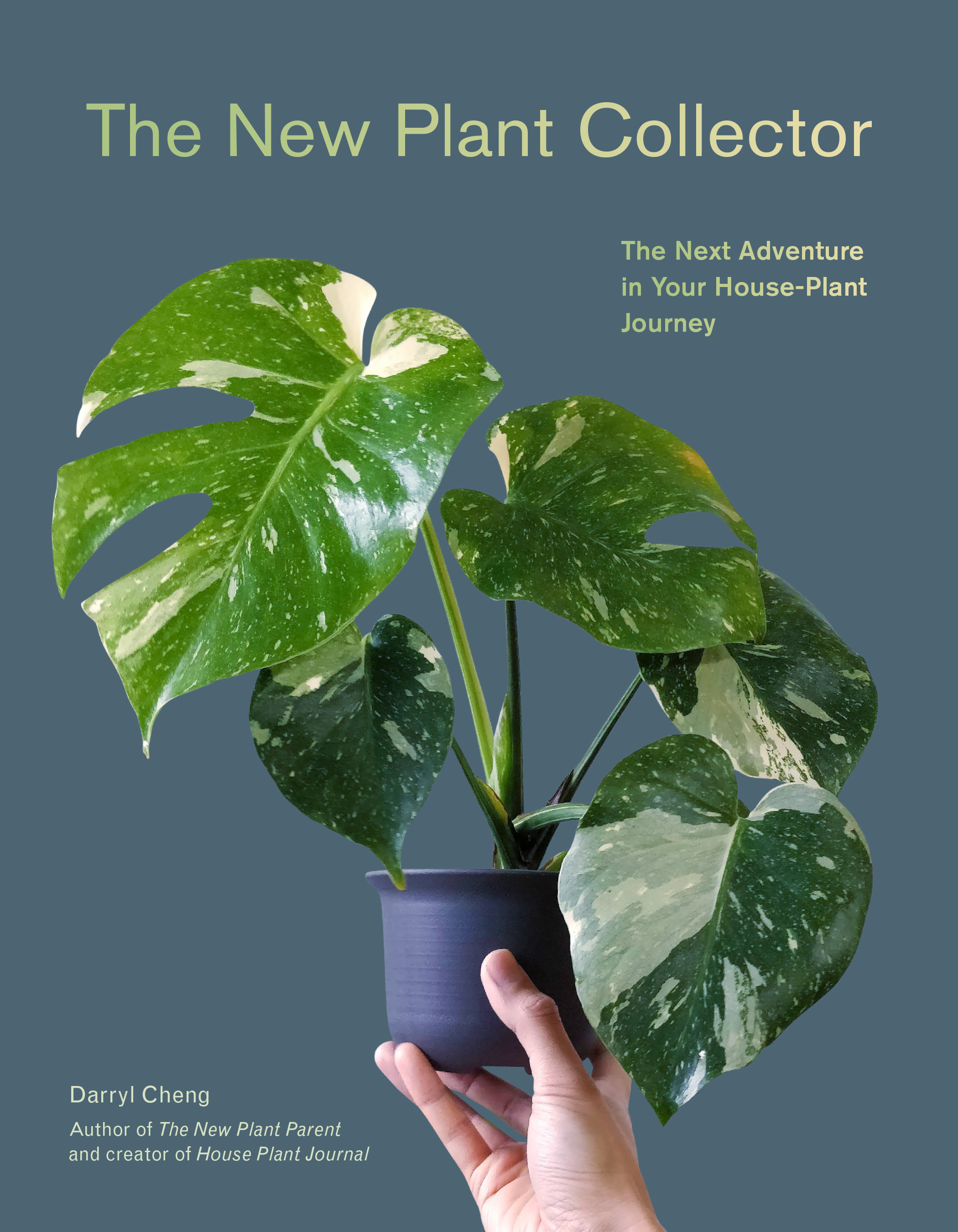If you only read one article, make it this one: although these factors are in separate paragraphs, they are all interdependent and need to be in BALANCE for a healthy, thriving plant (more on this in another article).
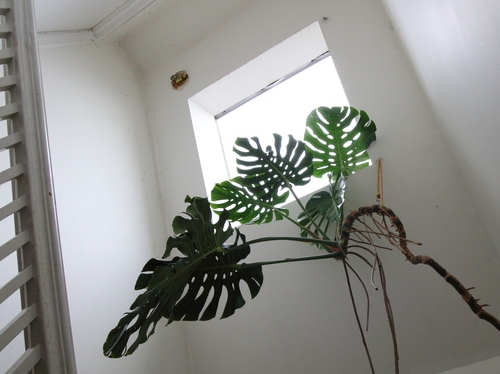
Light – this is the most important factor for happy plants. If you want to be certain about the amount light received by a particular location, you should measure it – just download an app that measures light in foot-candles (the preferred unit for horticulture). People often say the most common cause of plant death is overwatering, but the true issue is excess moisture not being used by the plant due to low light (which means slower use of water). So letting your plant get more light is the better solution to “overwatering” rather than watering less.
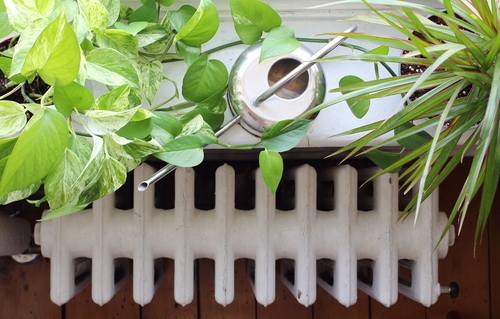
Water – if your plant is happy with the amount of light it gets, the next thing to consider is watering. In the most general terms, the proper way to water is to evenly saturate the soil so that it is moist but not left soggy indefinitely. Drainage holes prevent excess water from staying in contact with the soil. The time to water varies for every plant – cacti can go weeks with completely dry soil but a peace lily wilts once a few parts of its soil are dry. The time of the season, the daily amount of light, and the humidity all affect how quickly water is used up by the plant.
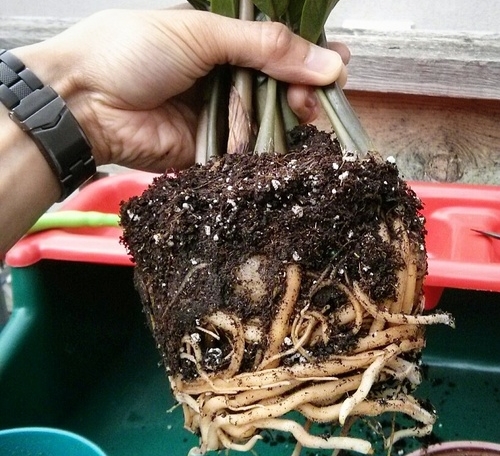
Soil – different plants prefer different types of soil but the general characteristics are water retention/drainage, nutrients, root oxygenation, and physical anchoring. Without all the insects and worms of the outdoors, our indoor plants will eventually suffer from compacted soil. The result is dry, tight pockets of soil where those roots suffocate and die, causing some corresponding foliage to turn yellow and die. Your house plants need to be aerated occasionally – do this by gently poking and loosening the soil with a chopstick (or other blunt stick).
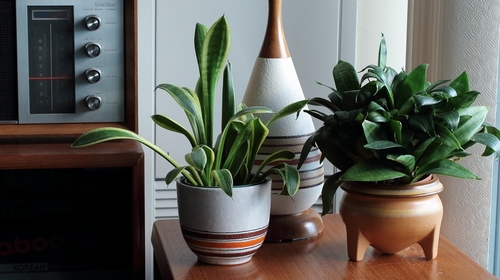
Air – plants need to breathe good, fresh air. “Good” air is at the right temperature and humidity for a given plant. For most house plants, as long as we are comfortable, they will be comfortable. Some exceptions include cacti, who prefer dry air, and most thin, leafy tropical plants, who prefer higher humidity. “Fresh” air isn’t necessarily air from outdoors, though it does help. You can prevent air from getting stale around your plants by being around them and talking to them!
A quick note on interdependence: Light and water are probably the most related in that the rate of photosynthesis is proportional to the rate of water usage. So more light = more water used. But most people encounter this problem: low light = low water usage. This leaves the soil wet for a longer time – a dark, wet, and neglected environment is perfect breeding grounds for mold and other bacteria that can kill your plant. And even without microorganisms, soggy soil will either suffocate roots or will overwork the water transportation system of a plant, causing leaf tips to become DARK brown and shrivel up (this is different from leaf tips becoming light brown and crispy).
…Thanks for reading!
